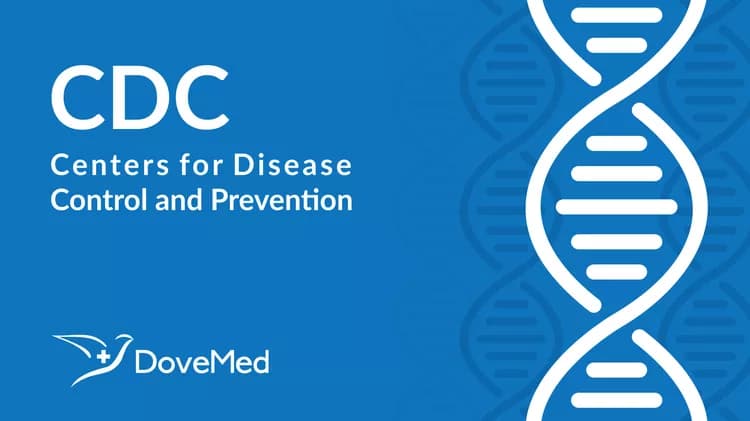
Adults Unintentionally Make It Easy for Young Children to Eat Dangerous Pills
Each year there are about 400,000 poison center calls and 50,000 ER visits as a result of young children ingesting medications when adults weren’t paying attention. A new study finds that more than half of the time when children get into prescription pills, the medication had already been removed from the child-resistant container by an adult.
The findings come from a study of calls to five U.S. poison control centers by researchers from the U.S. Centers for Disease Control and Prevention (CDC), Emory University School of Medicine, and the Georgia Poison Center. The study appears this week in The Journal of Pediatrics
external icon
.
“These data suggest it may be time to place greater emphasis on encouraging adults to keep medicines in containers with child-resistant features,” says the study’s senior author, Daniel Budnitz, M.D., MPH, of CDC’s Division of Healthcare Quality Promotion. “There is an opportunity here for innovative medication container options that promote adult adherence and provide portability and convenience, while maintaining child safety.”
Child-resistant packaging keeps kids safe – but only when pills are inside
The current study found four common scenarios in which young children get into prescription pills after the pills are out of their original containers:
Removed to remember to take as prescribed: Adults put pills into pill organizers that are not child-resistant.
Removed for ease of travel or transport: Adults put pills into baggies or other small containers that are not child-resistant to carry with them.
Removed for convenience: Adults leave pills out on countertops or on a bedside table for someone to take later.
Removed unintentionally: Adults sometimes spill or drop pills and may miss some when picking them up.
The most common scenarios varied by type of medication. Attention-deficit/hyperactivity disorder (ADHD) medications (49%) and opioids (43%) were more often not in any container when found by young children. Diabetes drugs (34%) and cardiac medications (31%) were more often transferred to alternate containers such as pill organizers or baggies. Nonprescription medications were most often accessed from the original containers, but for many of these medications, child-resistant packaging is not required because of low potential for toxicity.
Grandparents’ pill organizers often involved
Investigators also asked whose pills the children were getting into. Most of the time, the children got into their parents’ pills. However, for some prescription medications that can be very harmful to young children in small amounts (e.g., diabetes or cardiac medications), over half belonged to grandparents. Therefore, it will be important to remind grandparents, as well as parents, about the importance of keeping medications up and away and out of the reach and sight of children.
CDC recommends keeping medications in the original child-resistant packaging. If one must remove pills from their original containers, a few precautions can help keep children safe:
Use a container that is child resistant.
Securely re-close the container after every use.
Put the container up and away and out of a child’s reach and sight immediately after every use.
Keep purses, other bags, or pockets with medicines in them up and away from young children.
If pills are spilled when taking or transferring medications, double-check to make sure that all pills are picked up.
Save the Poison Help number in your phone – (800) 222-1222 – and call right away if you think your child might have gotten into a medicine or a vitamin, even if you are not sure.
For more information on what parents and grandparents can do to safely store their medications, visit: https://www.cdc.gov/features/medicationstorage/index.html and UpandAway.org
external icon
.
###
U.S. DEPARTMENT OF HEALTH AND HUMAN SERVICES
Related Articles
Test Your Knowledge
Asked by users
Related Centers
Related Specialties
Related Physicians
Related Procedures
Related Resources
Join DoveHubs
and connect with fellow professionals

0 Comments
Please log in to post a comment.